Approval planning
In preparation for construction, terranets bw is carrying out extensive preliminary investigations. According to the results of the feasibility study, the SPO will largely run alongside the existing MIDAL gas transmission pipeline. This should minimize interference with nature and changes to the landscape.
When planning and constructing the SPO, it is not the shortest route that is sought and chosen, but the route that is most compatible for people, nature and the environment. To this end, the conditions along the route are carefully examined as part of the preliminary investigations. Where possible and appropriate, terranets bw will also incorporate comments and suggestions from the public into the planning process. Based on the results, a proposal is drawn up for the route of the route with a clear focus on the property.
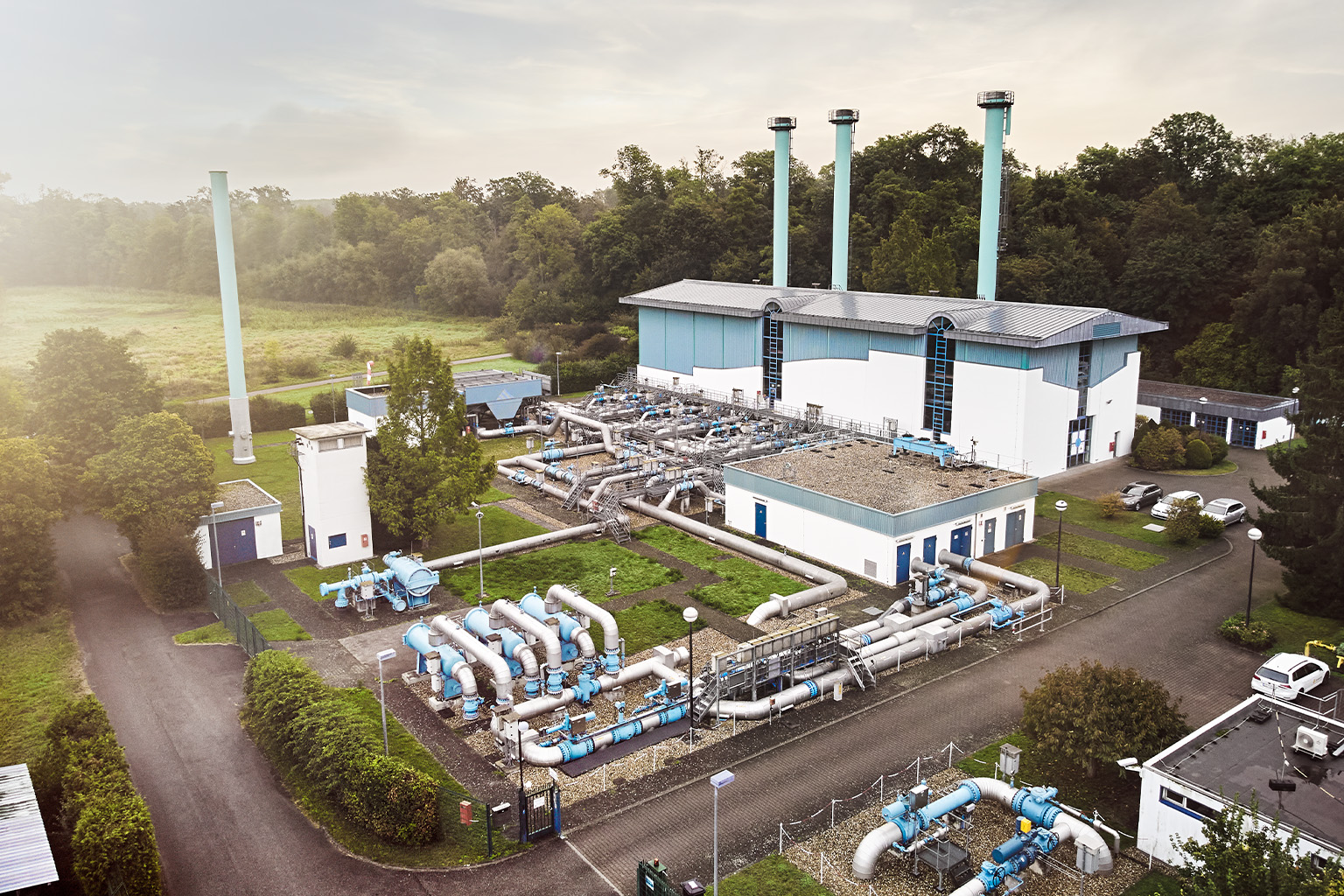
![[Translate to English:] Unser Telekommunikationsnetz](/fileadmin/_processed_/4/8/csm_Telekommunikation_Kabel_Unschaerfe_blau_gelb_terranets-bw_e68fc06931.jpg)

![[Translate to English:] terranets bw / Für Kunden / Telekommunikation](/fileadmin/_processed_/6/7/csm_231222_Mitarbeitender_am_Schaltschrank_6_kl_0cca01e205.jpg)
![[Translate to English:] Kundenportal ConnectCapacity](/fileadmin/_processed_/c/3/csm_231222_Mitarbeitende_der_IT_Computer_8_kl_3266995988.jpg)

![[Translate to English:] terranets bw Unternehmen Visionen](/fileadmin/user_upload/Content/Unternehmen/Visionen/terranets_bw_Mitarbeitende_Brainstorming_1.jpg)
![[Translate to English:] terranets bw: Wasserstoff für Baden-Württemberg](/fileadmin/_processed_/2/3/csm_Wasserstoff_Inititative_Logo_Energiezukunft_8904d74570.jpg)
![[Translate to English:] terranets bw: Sehen Sie sich unsere Stellenangebote an!](/fileadmin/_processed_/c/0/csm_240507_Mitarbeitende_im_Gespraech_3_bcf21346f8.jpg)
![[Translate to English:] Arbeiten bei der terranets bw](/fileadmin/user_upload/Content/Karriere/terranets_bw_Karriere_Arbeiten-bei-Terranets_3zu2.jpg)
![[Translate to English:] Die Standort der terranets bw](/fileadmin/user_upload/Content/Karriere/terranets_bw_Was-wir-tun_Scharenstetten_3zu2.jpg)
![[Translate to English:] Studium, Ausbildung oder ein Praktikum bei der terranets bw](/fileadmin/_processed_/2/f/csm_TERRANETS_Bild_Fuer-Praktikanten-und-Auszubildende_Fuer-Schuelerinnen_3zu2_360e1e705d.jpg)
![[Translate to English:] terranets bw: Netzausbauprojekte](/fileadmin/_processed_/4/0/csm_Absenken_Rohrstrang__3__67f60716af.jpg)
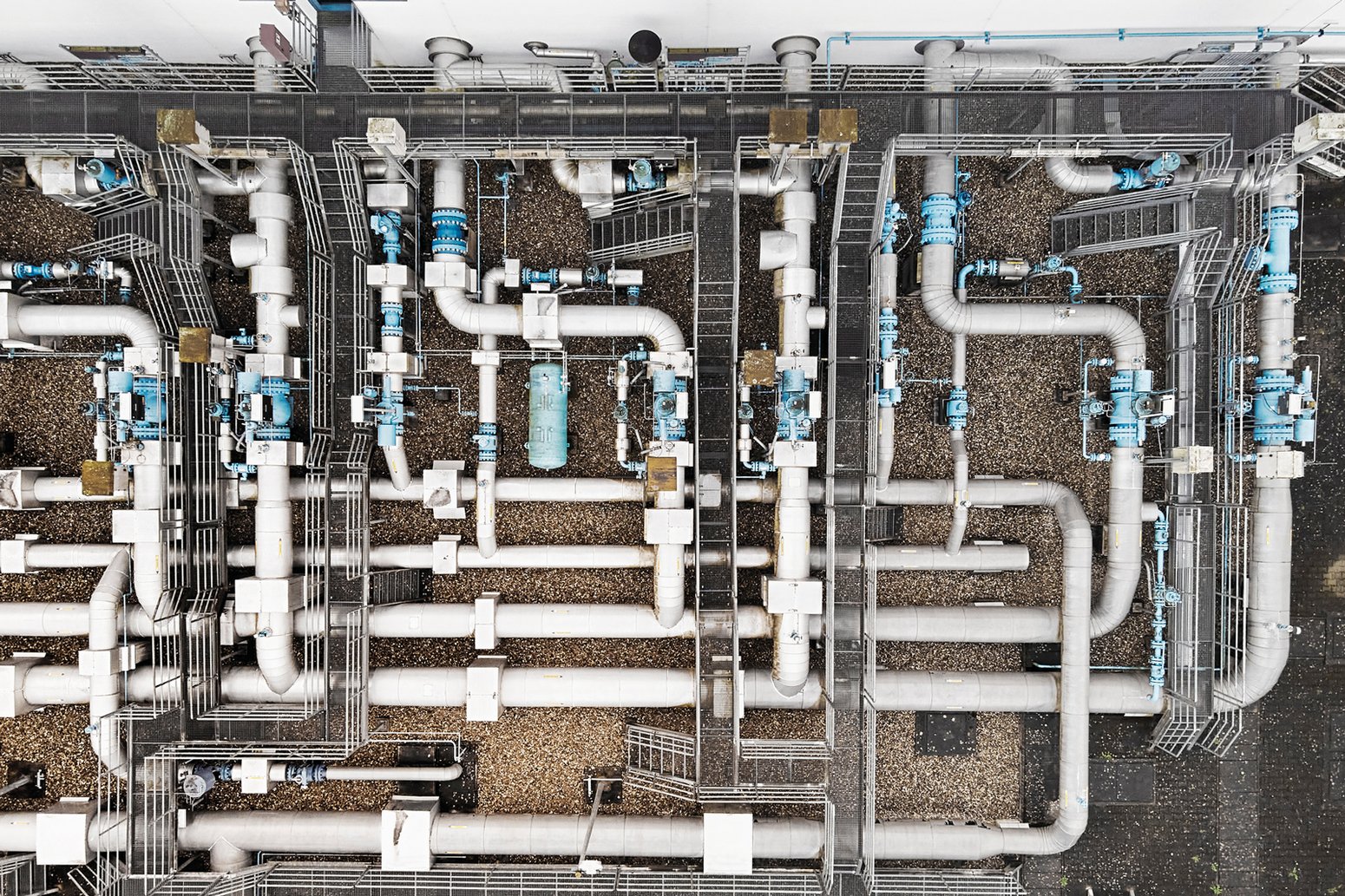
![[Translate to English:] terranets bw Mediathek](/fileadmin/_processed_/2/2/csm_terranetsbw_Flugtafel_3_c6937e947f.jpg)
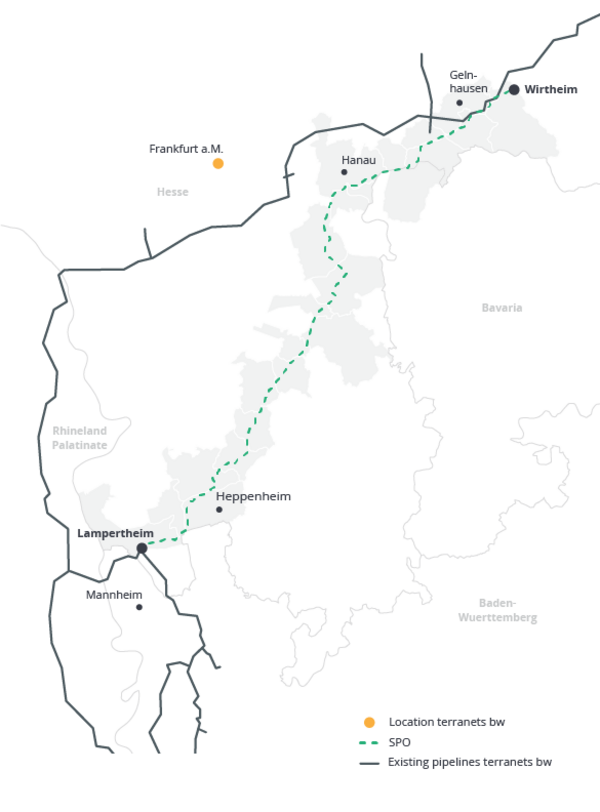
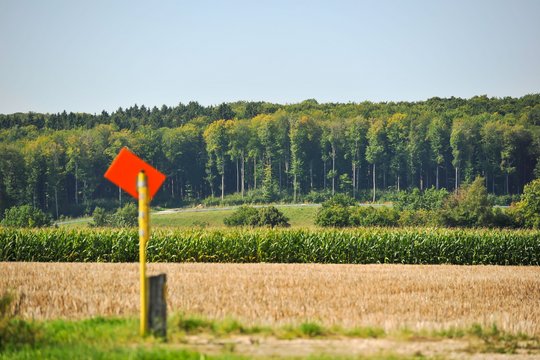

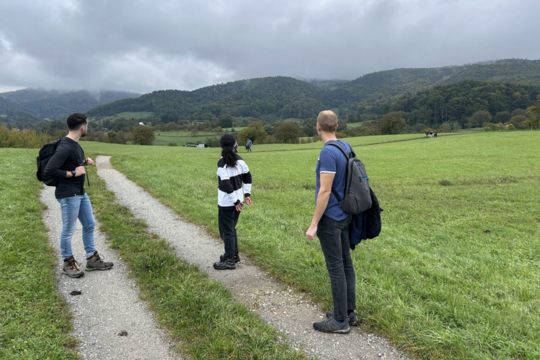


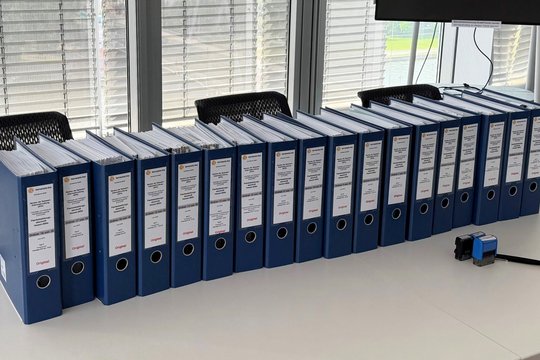
![[Translate to English:] SPO Genehmigungsplanung](/fileadmin/_processed_/6/7/csm_terranets_bw__SPO_Genehmingungsplanung_5aea6af87e.jpg)
![[Translate to English:] SPO Planfeststellungsverfahren](/fileadmin/_processed_/2/9/csm_terranets_bw_SPO_Planfeststellungsverfahren_2e3a95d9ff.jpg)
![[Translate to English:] SPO Voruntersuchungen](/fileadmin/_processed_/0/5/csm_terranets_bw__SPO_Voruntersuchung_1f424b8db8.jpg)
![[Translate to English:] SPO Bauvorbereitung](/fileadmin/_processed_/0/6/csm_terranets_bw_SPO_Vor-und_Bauarbeiten_73af3192f8.jpg)
![[Translate to English:] SPO Bauarbeiten](/fileadmin/_processed_/6/b/csm_240731_Bau_SEL_Absenken_1_2000_996eeec1dd.jpg)
![[Translate to English:] SPO Öffentlichkeitsbeteiligung](/fileadmin/user_upload/Content/Unsere-Netze/Netzausbauprojekte/Spessart-Odenwald-Leitung/terranets_bw_Infoabend_SPO_5_231113.jpg)
![[Translate to English:] SPO Rechteerwerb](/fileadmin/_processed_/b/c/csm_terranets_bw_SPO_Rechteerwerb_2d10ab0727.jpg)
![[Translate to English:] SPO Ausgleichsmaßnahmen](/fileadmin/_processed_/b/a/csm_terranets_bw_SPO_Ausgleichsmassnahmen_cbc76c4b55.jpg)
![[Translate to English:] SPO Rekultivierung](/fileadmin/_processed_/d/e/csm_terranets_bw_SPO_Rekultivierung_fd94804e85.jpg)
![[Translate to English:] SPO: Regelmäßige Information der Öffentlichkeit](/fileadmin/_processed_/d/9/csm_terranets_bw_SPO_Information_der_OEffentlichkeit_3458d312a3.jpg)

